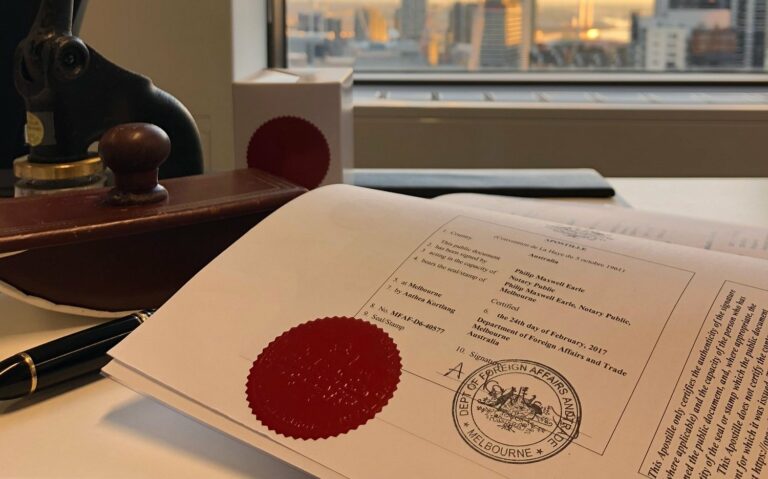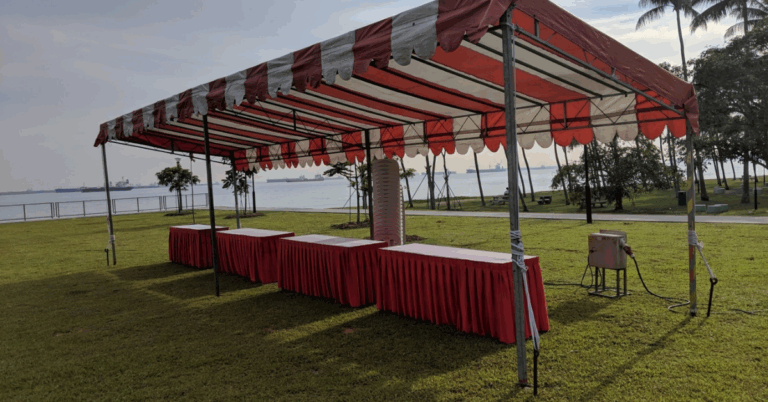Understanding Fire Retardant Materials: A Crucial Investment for Safety and Compliance in Singapore
In today’s world, safety is not optional—it’s essential. With urban density increasing and commercial spaces evolving rapidly in Singapore, fire safety has become a top priority for businesses, property managers, and homeowners alike. One of the most effective and proactive ways to enhance safety is by using Fire Retardant materials in building interiors, furnishings, and equipment.
At NEX Global, we are committed to offering solutions that not only serve your functional needs but also protect lives and property. In this guide, we will explore what fire retardant materials are, why they matter, and how to choose the right fire-retardant products for your home or business in Singapore.
What Is a Fire Retardant?
A fire retardant is a substance or material that slows down or prevents the spread of fire. It is not completely fireproof, but it gives additional time for evacuation and emergency response by reducing how quickly flames spread. Fire retardants are widely used in a variety of products including building materials, textiles, furniture, electrical enclosures, and insulation.
Common Types of Fire Retardant Materials
-
Chemical Additives: Used in textiles, plastics, and paints to enhance fire resistance.
-
Treated Fabrics: Upholstery and curtains treated with flame-retardant coatings.
-
Construction Materials: Gypsum boards, treated wood, and fire-retardant cladding.
-
Fire Retardant Panels: Used in office partitions and wall systems.
Why Fire Retardant Products Matter in Singapore
Singapore enforces strict fire safety regulations through the Singapore Civil Defence Force (SCDF) and Fire Code standards. Using fire retardant materials is not only a smart choice for personal and property safety—it’s often a legal requirement.
Key Benefits:
-
Enhanced Safety: Reduces fire risks in homes, offices, retail spaces, and factories.
-
Regulatory Compliance: Meets SCDF and BCA requirements for fire safety.
-
Property Protection: Limits damage in case of a fire.
-
Peace of Mind: Ensures you’re taking preventive measures to protect employees and residents.
Where Fire Retardant Materials Are Used
1. Commercial Offices
Modern office spaces often use modular systems and open layouts. Fire-retardant partition panels, ceiling tiles, and upholstered furniture help meet building code requirements and protect staff.
2. Retail Stores
In retail environments, especially those dealing with fabrics or electronics, using fire-retardant display units, shelving, and curtains is critical for customer and employee safety.
3. Hospitals and Healthcare Facilities
Healthcare spaces must meet strict safety standards. Fire-retardant curtains, bedding, and wall coverings help protect vulnerable patients and staff.
4. Educational Institutions
Schools, childcare centres, and universities use fire-retardant carpets, notice boards, and acoustic panels to minimize risks in crowded environments.
5. Hospitality Industry
Hotels and restaurants prioritize aesthetics and safety. Fire-retardant upholstery, drapes, and wall features contribute to safe yet luxurious interiors.
How Fire Retardant Works
Fire retardants function by altering the combustion process. Depending on the material and application, they can:
-
Form a protective barrier that slows down heat and flame spread.
-
Release moisture to cool down surfaces.
-
Disrupt the chemical reaction in the flame.
-
Form a char layer, insulating underlying materials from the fire.
Choosing the Right Fire Retardant Products
When selecting fire-retardant materials, consider the following criteria:
1. Material Type
Not all materials react to fire in the same way. Choose products that are specifically treated or manufactured for fire retardance, such as:
-
Fire-retardant MDF panels
-
Flame-resistant fabrics
-
Treated particle boards
2. Certifications and Testing Standards
Ensure the products comply with recognized fire safety standards like:
-
BS 476 Part 6 & 7 (British Standard)
-
ASTM E84 (American Standard)
-
EN 13501-1 (European Classification)
-
Singapore SCDF guidelines
NEX Global only supplies materials that meet or exceed industry standards.
3. Environment of Use
Identify whether the product will be used indoors or outdoors, in air-conditioned or humid environments. Fire retardant materials should retain their properties under the specific conditions of use.
4. Aesthetic Requirements
Modern fire-retardant materials come in various colors, finishes, and textures. Whether you need sleek office partitions or decorative wall panels, you don’t have to compromise on design.
Fire Retardant in Office Furniture and Fixtures
NEX Global offers a range of office and commercial furnishings that are designed with fire safety in mind:
-
Fire-retardant wall partition systems
-
Acoustic panels with flame-resistant properties
-
Upholstered chairs and sofas with treated fabrics
-
Modular furniture using fire-rated materials
We ensure our offerings align with Singapore’s safety codes while also enhancing productivity and aesthetics.
Maintenance and Lifespan of Fire Retardant Products
1. Periodic Reapplication
Some fire retardant treatments wear off over time, especially with cleaning or exposure to moisture. Reapplication may be required periodically.
2. Regular Inspections
Check for wear and tear, especially on fabrics and surfaces in high-contact areas.
3. Professional Installation
Ensure materials are installed by certified professionals. Improper installation can reduce fire-retardant effectiveness.
Why Choose NEX Global for Fire Retardant Solutions?
As a trusted provider of commercial furniture and interior systems in Singapore, NEX Global brings expertise and quality assurance to every project.
What We Offer:
-
Certified Fire Retardant Products
-
Expert Guidance on Code Compliance
-
Customizable Finishes and Dimensions
-
Installation and After-Sales Support
-
Wide Application for Residential, Commercial, and Institutional Projects
Whether you’re outfitting a new office or upgrading a facility for code compliance, we’re ready to help you select the right fire retardant materials.
Frequently Asked Questions (FAQ)
Q1: Are fire retardant materials completely fireproof?
A: No. Fire retardant materials are not fireproof, but they are designed to resist ignition and slow the spread of flames, giving people more time to evacuate and reducing overall damage.
Q2: Do fire retardant materials lose effectiveness over time?
A: Yes, depending on the material and its environment. Some textiles may need re-treatment after several years or extensive cleaning. Always check the manufacturer’s maintenance guidelines.
Q3: What certifications should I look for in fire retardant materials in Singapore?
A: Look for compliance with SCDF, BS 476, ASTM, or EN standards. These ensure the material has undergone testing for flame spread and smoke development.
Q4: Can I apply fire retardant treatments to existing furniture or fabrics?
A: Yes. Some fire retardant sprays and coatings can be applied to existing materials. However, professionally pre-treated items often offer better consistency and longer-lasting protection.
Q5: Is it mandatory to use fire retardant materials in offices or public buildings in Singapore?
A: In many cases, yes. SCDF regulations and the Fire Code specify fire safety requirements for different building types. Commercial spaces, especially those with high occupancy, must comply with these rules.
Final Thoughts
In a densely built environment like Singapore, fire safety is not a luxury—it’s a necessity. Using fire retardant materials in your home or business is a smart, compliant, and potentially life-saving decision. From reducing fire spread to meeting stringent regulatory requirements, the right materials can make a critical difference.
At NEX Global, we provide fire retardant solutions that combine safety with modern design. Whether you’re building a new workspace, renovating a commercial facility, or upgrading interior fixtures, we offer certified, stylish, and high-performance materials tailored to Singapore’s unique needs.
Read More







